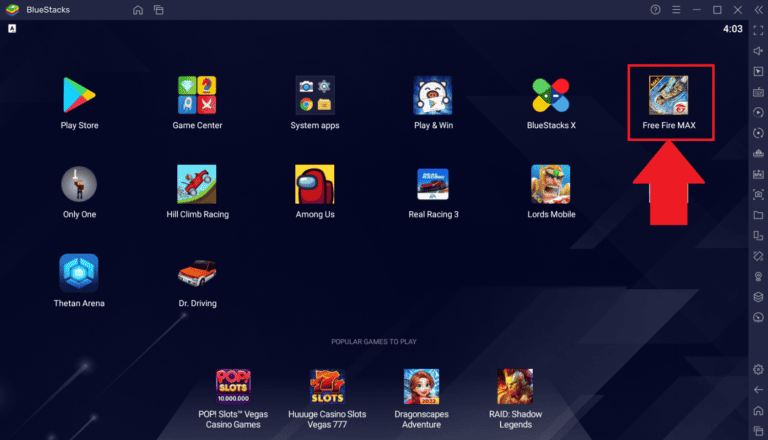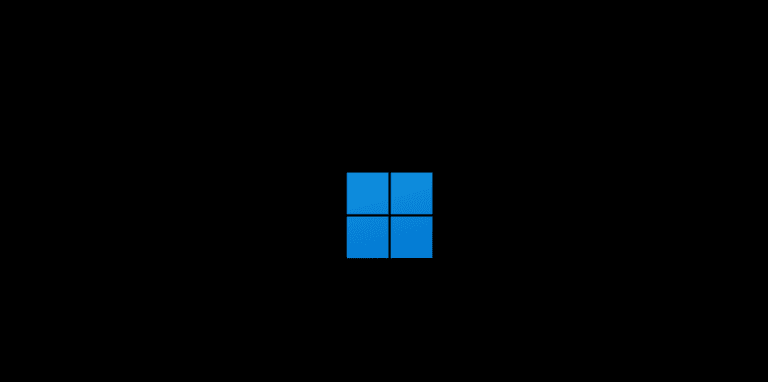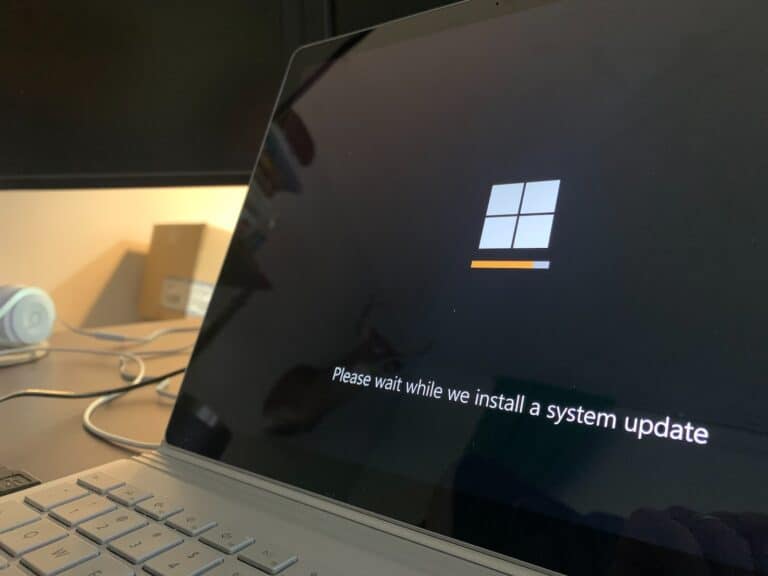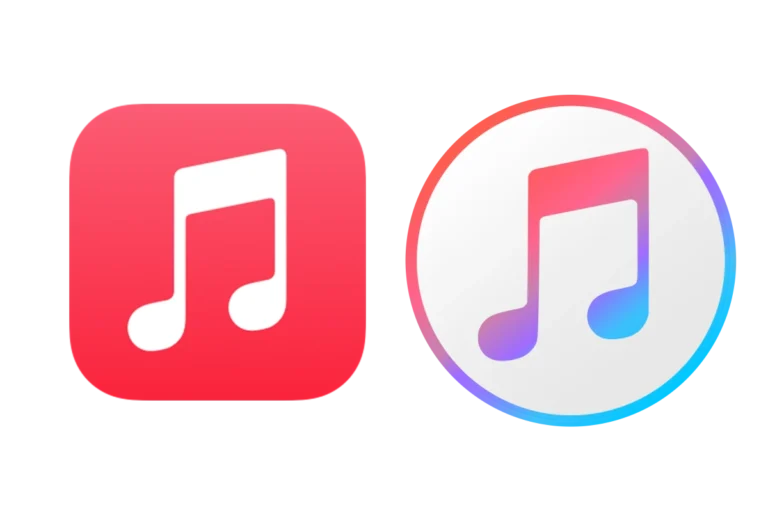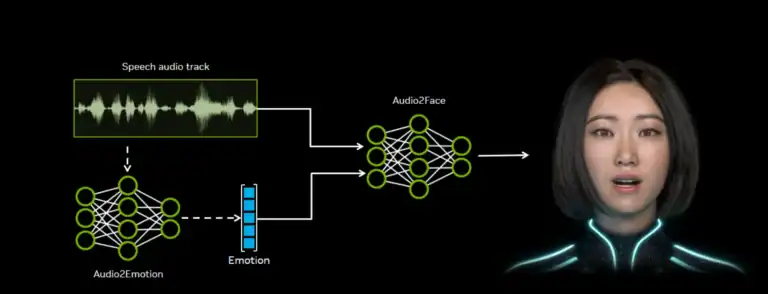Learning to code is a rewarding skill that opens exciting possibilities. If you’re wondering how to begin, here’s a guide to get you started.
Getting Started With Coding
1. Pick a Language
Your first step is choosing which programming language to learn. Here are recommendations for beginners:
- Python: A versatile, general-purpose language that’s easy to learn. Used for web development, data science, machine learning, and more.
- JavaScript: The language of the web – if you want to build websites and web applications, this is the place to start.
- C++: A powerful and fast language that emphasizes performance. Popular for game development and high-performance applications.
2. Find Learning Resources
The internet is flooded with excellent resources to learn coding:
| Resource Type | Examples |
|---|---|
| Online Courses | Codecademy, Coursera, Udemy, freeCodeCamp |
| Video Tutorials | YouTube (numerous channels cover everything from basics to complex projects) |
| Books, Ebooks | Check your local bookstore or search online retailers |
| Interactive Tools | Websites like Codewars offer challenges to help practice skills |
3. Start with the Basics
Start by learning fundamental concepts:
- Variables: Like containers storing data.
- Data types: Different kinds of data like numbers (integers, floats), text (strings), and booleans (True/False).
- Operators: Symbols used for calculations (+, -, /, *) and comparisons (<, >, ==).
- Control Flow: Using conditions (if/else) and loops (for, while) to make decisions in code.
- Functions: Reusable blocks of code that perform specific tasks.
4. Practice, Practice, Practice!
The best way to get better is by practicing. Come up with small projects:
- Build a calculator: Practice using variables, operators, and taking user input.
- Create a text-based game: Use conditions to create a choose-your-own-adventure style experience.
- Automate a simple task: Write a script to rename files or organize folders.
5. Don’t Be Afraid to Ask Questions
Every programmer has faced challenges. Here’s where to seek help:
- Online Forums: Stack Overflow, Reddit programming subreddits
- Coding Communities: Look for local meetups or online communities.
- Mentors: Consider seeking a mentor for more focused guidance.
Remember, learning code takes time and effort, but it’s incredibly rewarding. Don’t get discouraged – keep practicing, and have fun exploring the world of programming!
Getting Started with Coding
For those curious about the world of coding, it’s important to grasp its basics before diving in. Coding is the craft of writing instructions for computers using programming languages. It’s akin to learning a new language, but instead of communicating with people, one communicates with a machine.
Choosing a Programming Language
When beginning, it’s sensible to start with a language known for its beginner-friendliness:
- Python: Recognized for its readability
- JavaScript: Powers web interactions
- Ruby: Known for its elegant syntax
Essential Concepts for Beginners
- Variables: Think of them as storage boxes for information.
- Control Structures: These are the decision-makers, like if-else statements.
- Functions: Reusable pieces of code that perform specific tasks.
- Syntax: The set of rules defining how to write the code correctly.
Learning Resources
Explore a range of online platforms that cater to different learning preferences:
| Resource | Description |
|---|---|
| freeCodeCamp.org | Offers comprehensive courses for free. |
| Codefinity | Has practical exercises for hands-on learning. |
| Udemy | Features a variety of instructors and topics. |
Practical Steps for Learning to Code
- Understand the Basics: Grasp core programming concepts.
- Practice Regularly: Consistent coding hones one’s skills.
- Build Projects: Apply what you’ve learned to create real-world applications.
Remember, every developer once was a beginner. With dedication and practice, you’ll advance from writing simple lines of code to developing complex software. Coding not only opens numerous career paths but also enhances problem-solving abilities. So, embrace the challenges and enjoy the journey of becoming a fluent coder.
Writing Code For Beginners: Step By Step
| # | Step | Description |
|---|---|---|
| 1 | Choose a Language | – Consider your interests: web development, game development, data analysis, etc. – Popular beginner-friendly languages: Python, JavaScript, HTML/CSS, Java |
| 2 | Find Resources | – Online courses: Coursera, Codecademy, freeCodeCamp, Khan Academy – Books: Automate the Boring Stuff with Python, JavaScript for Kids, Head First HTML and CSS – Video tutorials: YouTube, Udemy |
| 3 | Set Up a Code Editor | – Text editor: Notepad++, Sublime Text, Visual Studio Code – Integrated development environment (IDE): PyCharm, Visual Studio, Eclipse – Online playgrounds: CodePen, JSFiddle |
| 4 | Learn Basic Syntax | – Variables: Store data (e.g., names, numbers) – Data types: Numbers, text, booleans (true/false) – Operators: Perform calculations and comparisons – Control flow: Use conditional statements (if/else) and loops (for/while) – Functions: Organize code into reusable blocks |
| 5 | Practice, Practice, Practice | – Start with small projects: Calculator, to-do list, simple web page – Solve coding challenges: Online platforms like HackerRank and Codewars – Build a portfolio: Showcase your skills and projects |
| 6 | Get Help When Needed | – Online forums: Stack Overflow, Reddit communities – Mentorship programs: Pair with experienced developers – Coding communities: Attend meetups, hackathons |
| 7 | Don’t Give Up! | – Coding takes time and practice: Be patient and persistent – Celebrate small wins: Stay motivated and track your progress – Enjoy the learning journey: Embrace the challenges and problem-solving aspects |
Choosing the Right Programming Language
When someone begins to learn how to code, selecting the right programming language is a crucial step. Each language has its specialities and may be better suited for certain tasks. Python, for example, is often recommended for beginners due to its simple syntax and versatility. Python can be used for web development, data analysis, and AI projects.
JavaScript is the go-to for making interactive websites. When combined with HTML and CSS, it enables the creation of polished, user-friendly web pages. Learning JavaScript is quite valuable, as it’s one of the core technologies of the web.
Java is a strong choice as well. It’s been a mainstay in large enterprise environments and is also widely used in Android app development. Java has a bit more complex syntax compared to Python, but it’s known for its portability and extensive libraries.
For those interested in lower-level programming, C language shines. It’s not as easy for beginners, but it lays a solid foundation for understanding how software works closely with hardware.
Consider the following when choosing a language:
- Goals: What do you want to build?
- Interest: Which language seems most interesting to you?
- Trends: Is the language in demand in the industry?
| Language | Use case | Beginner Friendly | Trending |
|---|---|---|---|
| Python | General, AI, Data Analysis | Yes | Yes |
| JavaScript | Web Development | Moderately | Yes |
| Java | Enterprise, Android Apps | No | Yes |
| C | Systems Programming | No | Moderate |
Starting with the right language sets the stage for a fruitful coding journey. While there isn’t a one-size-fits-all option, the choice should align with one’s interests and goals. Resources are abundant, so once a language is picked, one can dive into learning through online courses, tutorials, and practice.
Setting Up the Development Environment
Before jumping into the world of coding, it’s crucial to have a solid development environment. Think of it as setting up a workspace where everything you need is within reach. This foundation will serve both budding developers and seasoned software engineers.
First things first, select a code editor or Integrated Development Environment (IDE). These are the tools where you’ll actually write your code. Popular text editors include:
- Visual Studio Code (VSCode)
- Atom
- Sublime Text
These editors are user-friendly and lightweight, making them a top choice for many. On the heavier side, you have IDEs like PyCharm and Eclipse, which come with extra features helpful for larger projects.
Next, acquaint yourself with a Command Line Interface (CLI). This is where you’ll run commands to manage files, interact with version control, and more. Don’t worry, it becomes second nature with practice.
Version control is non-negotiable. Software like Git keeps track of changes and allows for smoother collaboration. Hosting platforms such as GitHub or Bitbucket serve as a safe online space for your code.
Finally, most projects benefit from a package manager. For instance, NPM for JavaScript or Pip for Python, help manage the libraries and dependencies your code needs to run.
Now, the landscape might differ based on what you’re coding. A web developer’s setup can look different from, say, a data scientist’s. However, with these four pillars—code editor, CLI, version control, and package manager—you’ll be well on your way. Happy coding!
Understanding Basic Concepts
When starting to write code, one must get a firm grip on a few fundamental ideas. At its core, programming is about giving a computer a set of instructions to perform, and to effectively do this, knowing the basics is essential.
Variables are the fundamental building blocks. They are like containers that hold data which can change or vary—hence the name. Variables can store things like numbers, texts, or more complex data.
Moving on, functions are crucial for a coder. They are like personal assistants; you tell them what to do by giving specific instructions, and then they go off and do it whenever you ask. Functions help by doing repetitive tasks without having to rewrite the same code over and over.
Next, we have data structures. Imagine a big filing cabinet—one that’s smart enough to organize and retrieve data quickly and efficiently. Data structures manage and store data so that our programs can use that data effectively.
Algorithms are the step-by-step strategies for solving problems. Just like following a recipe to bake a cake, algorithms guide the computer through a series of instructions to get the desired outcome.
In understanding these concepts, one must not overlook logic, the “brain” behind the code. Logic determines how decisions are made within a program by using conditions to decide the flow of execution.
Remember, coding is like learning a new language—a way to communicate with machines. The rules and syntax might seem strict, but they are there to avoid errors and keep everything understandable. Below is a quick summary in tabular form:
| Concept | Description |
|---|---|
| Variables | Containers for storing data |
| Functions | Blocks of code that perform tasks |
| Data Structures | Organize and store data to use it effectively |
| Algorithms | Step-by-step methods to resolve problems |
| Logic | Decision-making in programs based on true or false values |
Each concept is a critical piece in what one could picture as an intricate puzzle. By mastering these fundamentals, a beginner sets the stage for writing more complex and functional code.
Learning through Practice
When someone starts to learn how to code, it’s like learning a new language. It’s not just about memorizing rules and syntax; it’s about applying them. Engaging with real projects is key. Beginners should start with smaller tasks and gradually take on more complex challenges.
Code Regularly: Just as they say practice makes perfect, the same applies to coding. Beginners should write code daily to reinforce what they’ve learned. They could set a schedule, dedicating a specific time each day to coding.
Test Often: Testing is a crucial step in coding. It helps learners find and fix errors. By testing their code often, beginners learn to troubleshoot and understand the importance of creating reliable programs.
Project-Based Learning:
- Start Small: Beginners can begin with simple projects like a calculator or a to-do list. This helps them understand basic concepts like variables and control structures.
- Add Complexity: Once comfortable, learners can add new features to their projects. For a calculator, new operations like addition or trigonometric functions can be included.
- Seek Feedback: Sharing projects with others can provide valuable insights. It’s an opportunity to learn from different perspectives and improve the code’s efficiency.
Table of Project Ideas for Beginners:
| Project Type | Skills Practiced | Additional Feature |
|---|---|---|
| Calculator | Basic Operations, Loops | Addition, Memory Save |
| To-do List | User Input, File Handling | Task Prioritization |
| Quiz Game | Conditionals, Functions | High Score Tracking |
Each coding journey is unique, and learning through practice allows beginners to understand the practical side of programming. It bridges the gap between theoretical knowledge and real-world application. Through consistent practice, projects, and testing, beginners can become more confident and skilled in the art of coding.
Exploring HTML and Web Development Fundamentals
Getting a handle on web development starts with mastering HTML, which stands for Hypertext Markup Language. It’s the foundation that web pages are built upon, allowing developers to structure content on the web. They use HTML elements to define the setup—the main building blocks of websites.
An HTML document has a hierarchy of elements, like headers, paragraphs, and lists, each tagged appropriately. For instance:
<h1>This is a main heading</h1>
<p>This is a paragraph.</p>
<ul>
<li>List item one</li>
<li>List item two</li>
</ul>
These are simple HTML elements used to organize content, which can include text, images, and other forms of media. But HTML doesn’t dictate the visual presentation. That’s where CSS, or Cascading Style Sheets, comes into play. CSS is used to style and layout web pages. For example, to change paragraph text to red, one might write:
p {
color: red;
}
Together, HTML and CSS create the basis for web development. They work in tandem: HTML structures the content, while CSS styles it. Learning to code them both opens up the possibility of creating everything from personal blogs to complex e-commerce sites.
When starting out with HTML, it’s helpful to try hands-on practice, like editing simple HTML templates or using “Try it Yourself” editors available online, which can display the results in real time as you modify the code.
Remember, the key is to start simple, practice regularly, and build from there. As you grow more comfortable, the world of web development becomes less intimidating and more of an exciting space to create and innovate.
Diving into Programming with JavaScript
Starting with JavaScript introduces budding programmers to a language that shapes the functionality of websites and applications. It’s important to understand that JavaScript is distinct from Java, despite the similar names.
JavaScript Fundamentals
Firstly, JavaScript adds dynamic behavior to web pages. For beginners, it’s essential to grasp the basics, such as variables, which store data values, and data types, like numbers and strings—text enclosed in quotes.
Functions and Events
Then, there’s the concept of functions, the building blocks of JavaScript code. They perform tasks or calculate values. Functions can be simple:
function greet() {
alert('Hello there!');
}
Events, on the other hand, are user actions, like clicks or keypresses, that trigger JavaScript to run functions. For example, clicking a button could call the greet function.
Writing and Testing Code
When writing JavaScript, a text editor is where you craft your code. Testing this code requires a tool often built into browsers called the console. Mistakes are inevitable, but the console helps with debugging by pointing out errors and providing information to fix them.
Debugging Tips
- Use
console.log()to print values and understand the flow of your code. - Practice reading error messages; they’re clues leading to solutions.
- Try changing one thing at a time and test if it resolves the issue.
By understanding the foundations of JavaScript, including functions, events, and debugging, you’re taking your first steps into programming. Remember that learning to code is a process, so be patient and persistent.
Building with Python
When starting with Python, newcomers often find its straightforward syntax a breath of fresh air. This high-level programming language is a favorite for software development, not only because of its readable code but also due to its efficiency in building applications quickly.
For those intrigued by data science, Python shines with its vast array of libraries like Pandas and NumPy. These tools make data manipulation and analysis more intuitive, helping to structure data in a way that reveals insights and facilitates the creation of data-driven solutions.
Beginners curious about software development can also rejoice; Python’s comprehensive standard library and support for object-oriented programming principles simplify constructing robust and maintainable code. It lays down strong foundations for developing complex software without overwhelming newcomers.
Here’s a simple outline for beginners to start building with Python:
- Understand the Basics: Grasp variables, control structures, functions, and data types.
- Practice Simple Projects: Start with basic scripts to automate simple tasks.
- Explore Libraries: Experiment with built-in libraries and frameworks like Flask or Django for web development.
- Create Data Projects: Work on data analytics projects using libraries designed for data science.
- Build and Break: Construct simple applications and then refine them, enhancing your understanding of Python’s capabilities.
Version Control and Collaboration
When writing code, it’s crucial to keep track of changes and work effectively with others. That’s where version control comes into play. Imagine version control as an intelligent diary for your project. It meticulously records every change by each contributor, allows you to revert to earlier versions, and helps prevent confusion when multiple people are editing the same files.
Git shines as a popular tool for version control; it’s like the backbone for managing your code’s history. With Git, developers can keep every iteration of their work without overwriting others. Moreover, it’s like having a safety net, protecting you from losing progress.
To make things even more collaborative, there’s GitHub, a platform where coders can store their Git repositories online. Think of it like a social network for code. GitHub not only holds your project’s history but also provides features for team discussion, bug tracking, and feature requests.
Here’s a simple breakdown of using Git and GitHub for collaboration:
- Initialize Git: Start a new project or add Git to an existing one.
- Make Changes: Write code and then save snapshots of your changes as commits.
- Branch Out: Create branches for new features, keeping the main project stable.
- Merge: Combine finished features back into the main codebase.
- Pull Requests: Suggest changes to someone else’s code and discuss.
With these tools, tech companies and developers can join forces seamlessly. They get to write, check, and blend code from contributors all around the world, ensuring the end product is robust and reliable. Embracing these practices is a stepping stone to becoming a pro coder and an invaluable member of any tech team.
Error Handling and Debugging
When writing code, encountering errors is a natural part of the process. Error handling and debugging are essential skills for any programmer. They don’t just identify where things have gone wrong, but also provide insights into how a piece of software can be made more robust.
Debugging is the method of finding and fixing bugs or defects in software that can cause it to produce incorrect or unexpected results. Programmers often rely on debugging tools within their development environments to step through code, line by line, to isolate the problem.
For novices, it’s crucial to grow their problem-solving skills, as effective debugging often requires a logical approach:
- Pay Attention to Error Messages: They often tell you exactly where to start looking.
- Break Problems Down: Analyze the issue step by step to uncover the root cause.
- Check Your Assumptions: Verify that all your expectations about the system state are correct.
Errors can be of different types:
| Type of Error | Description |
|---|---|
| Syntax Errors | Mistakes in code’s language. E.g., missing a semicolon. |
| Runtime Errors | Problems that occur when the software is running. |
| Logical Errors | Flaws in logic that produce incorrect results. |
Mastering debugging does not happen overnight. It evolves as one writes more software and learns from each debugging experience.
Always remember:
- Start small and test often.
- Make one change at a time and understand why it works or doesn’t.
- If stuck, explaining the problem to someone else can reveal solutions.
Developing a knack for debugging early on aids in crafting more reliable and maintainable software. It’s an investment in becoming not just a code writer but a problem solver.
Advancing Your Coding Skills
Once you’ve grasped the basics of coding, it’s time to expand your expertise. Building on foundational knowledge, one can explore more complex concepts hands-on. It’s about practicing consistently and stepping outside one’s comfort zone.
Several avenues exist to further one’s coding journey:
- Online Courses: Websites like freeCodeCamp and Codecademy offer advanced tracks to boost your coding skills. Their structured curriculum ensures a thorough learning experience.
- Bootcamps: More intense than casual learning paths, coding bootcamps are short-term, immersive training programs focusing on job-ready skills. They often include projects that mirror real-world tasks.
- University Courses: For a deep dive into computer science theory and advanced programming, university courses are an excellent option. They provide credentials and a comprehensive understanding of the field.
Moving forward, one should work on personal projects or contribute to open-source initiatives. This not only showcases one’s skills to potential employers but also helps solidify coding competencies.
A balance between structured courses and self-directed projects forms the backbone of an effective learning strategy. Here is how one can tackle both:
- Courses: Enroll in courses that challenge and interest you.
- Projects: Apply what you’ve learned in real-world scenarios.
Remember, coding is as much about problem-solving as it is about writing code. Keep sharpening your analytical abilities alongside your technical skills. This comprehensive approach can significantly improve a person’s coding prowess.
Forging a Career in Programming
Forging a career as a developer in the tech industry offers vast opportunities and earning potential. Aspiring programmers often start by choosing a learning path that includes fundamentals of computer science and branching out into specialized fields as they grow.
First Steps:
- Choose a Language: Begin with languages that are known for their versatility, like Python or Java.
- Build Projects: Application of concepts is key. Start with simple programs and gradually tackle complex projects.
Education:
A formal degree in computer science is beneficial but not a necessity. Many successful software engineers are self-taught or have completed online courses and bootcamps.
Networking:
Building connections can never be underestimated. Attend tech meetups, join online coding communities, and collaborate on open-source projects.
Keep Learning:
Technology evolves quickly. To stay relevant, one should always be ready to learn new languages and frameworks.
| Experience Level | Expected Skillset |
|---|---|
| Beginner | Basic syntax, simple problem-solving |
| Intermediate | Data structures, algorithms, personal projects |
| Advanced | Specialization, contribution to open source, etc. |
As one progresses, they may choose to become a specialist in areas like artificial intelligence, cybersecurity, or mobile app development. Transitioning from learning to professional work involves building a portfolio, gaining practical experience, and possibly earning certifications.
Working in programming unlocks doors to various roles in the tech industry, such as front-end developer, back-end developer, full-stack developer, or even roles outside of direct programming like a product manager or a technical writer. The journey to building a career in programming is continuous but fulfilling, as one creates technology that can shape the future.
Frequently Asked Questions
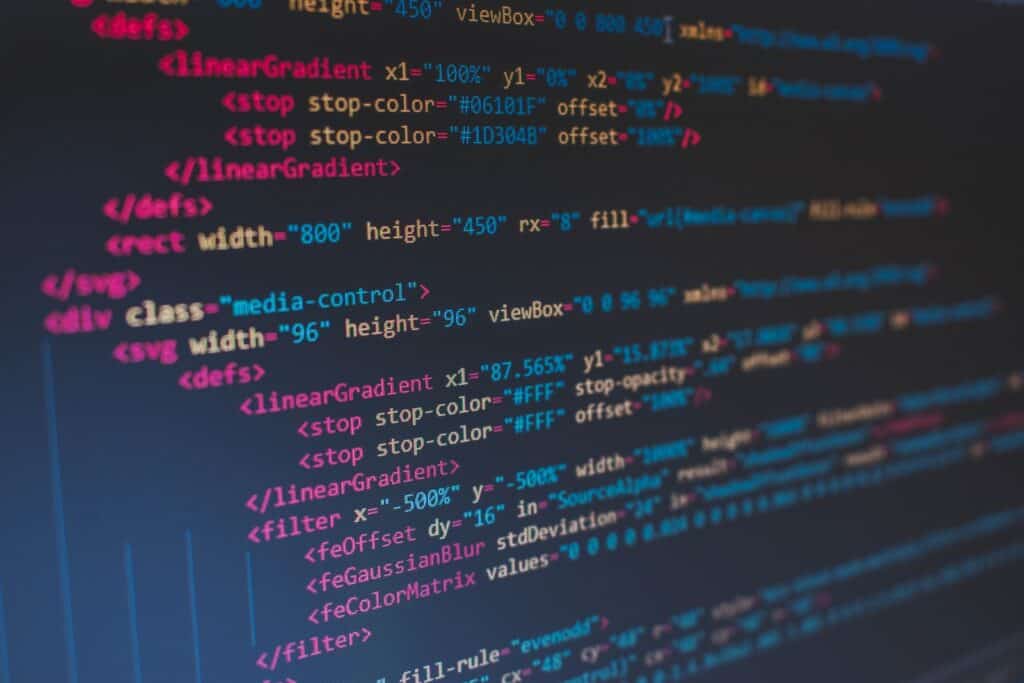
The journey to becoming a coder starts with curiosity and is fueled by persistence. Let’s address some common questions that can help novices embark on this rewarding path.
What are the best strategies for a beginner to start learning to code?
They should establish clear goals and select resources that align with their learning style. Beginners might find hands-on tutorials or interactive coding exercises particularly beneficial to grasp the basics.
Can beginners learn to code on their own, and if so, how?
Yes, they can. Beginners should leverage online tutorials, communities, and platforms that offer coding challenges. They should also practice regularly to build muscle memory for coding syntax and logic.
What is the simplest programming language for a new coder to learn first?
Languages like Python are often recommended for beginners due to their straightforward syntax and readability, making them ideal as a starting point in programming.
Which free resources are available for beginners to learn coding?
They can access numerous free resources including Codecademy, freeCodeCamp, and educational content on platforms like YouTube, which provide valuable lessons and challenges designed for novices.
How can coding games and apps help beginners in learning to program?
Coding games and apps offer an engaging way to learn by turning abstract coding problems into interactive experiences. They can sharpen one’s skills and introduce basic concepts in a fun, accessible manner.
Are there any effective step-by-step guides for beginners to learn coding?
Comprehensive guides are available on websites like freeCodeCamp, which walk beginners through coding fundamentals, projects, and real-world applications, fostering a strong foundation in programming.


